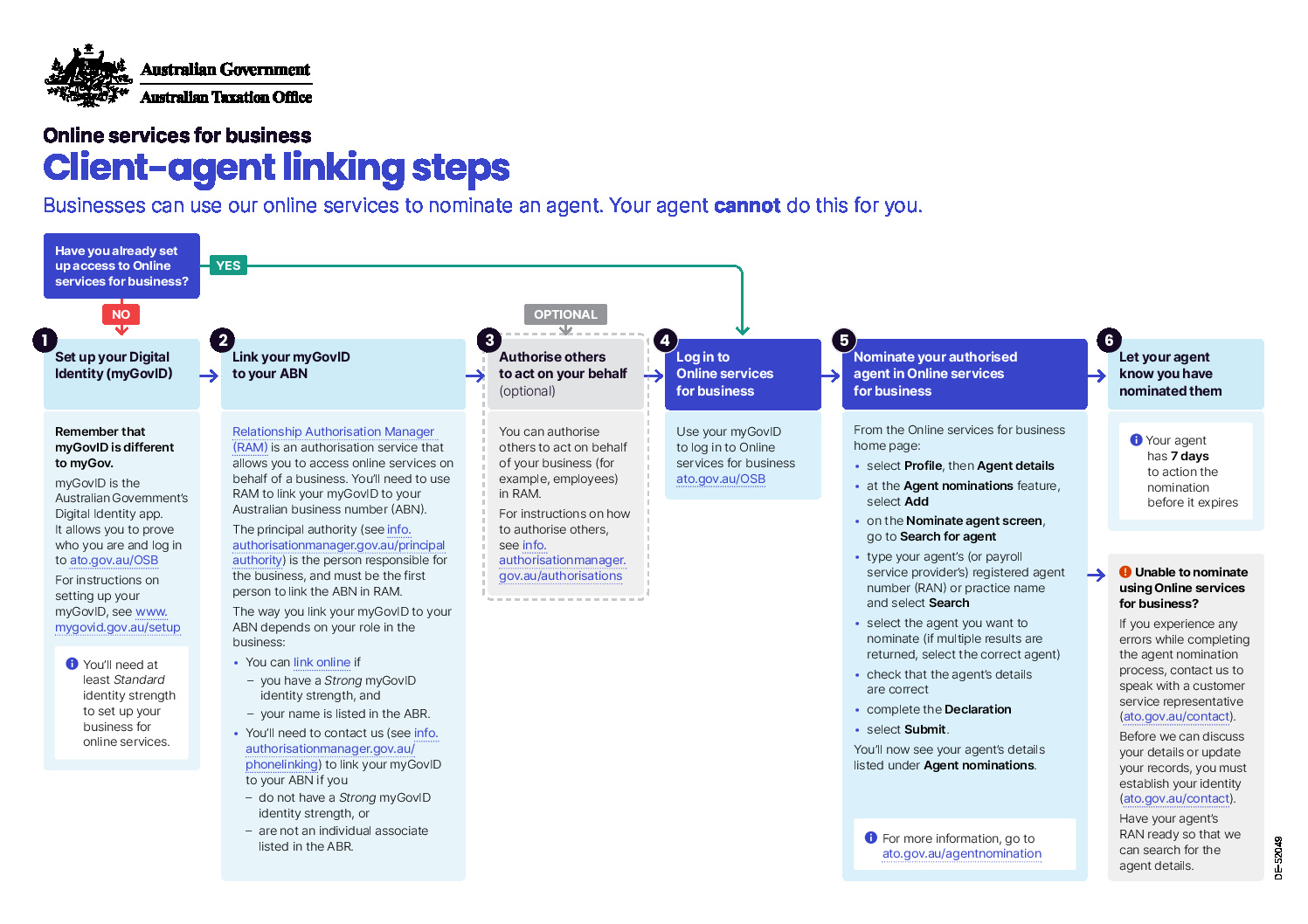For growth, a business may need to expand, and more serviced locations may be the solution for some. However, managing offices in different locations is not always easy. On the contrary, managing them together is a ginormous feat for any business owner and can make or break a business. To manage different locations together means controlling separate systems, separate entities to focus them towards a unanimous goal, which isn’t impossible, but is definitely challenging. Many companies, in the flair of a sudden success, make the abrupt decision of unnecessary or sometimes, even necessary expansion. Little do they know of the many challenges that await them.
Here are 5 challenges that a business owner faces when managing multiple locations.
The silo syndrome
Yes, expansion can be really advantageous. Expanding your pool of resources to access more clients, however, at the same time, remote locations of a brand may become victim to something called the silo syndrome. This is where each business unit or function interacts primarily within its own “silo” rather than with other groups across the business. The issue with “silos” is that there are cross purposes working within the business which leads to a duplication of cost and effort, lack of synergy and little knowledge transfer. However, the biggest issue, is the lack of alignment with the overall strategy of the business. It is critical that a business owner, well any business leader, creates a unified vision. You must have the entire business rowing the boat in the same direction and the leadership team engagingly steering at the forefront. Collaborative learning and inclusive communication across the business will contribute immensely to a successful expansion.
Maintaining a strong corporate culture
Maintaining a strong corporate culture is very important, especially when managing multiple locations. Whether you employ 5 people or 100 hundred people, you should constantly be working towards a unified, identifiable set of values. These values will help your employees across all the offices understand what the business stands for, the ethics they must adhere to and how to carry themselves when providing service to your clients. It assists in maintaining service consistency across multiple offices and allows you to manage those who are incompatible with the corporate culture and brand promise. This is valuable. As a business owner, you want to make sure you have the best team on hand. If you fail to maintain a strong corporate culture, the silo syndrome becomes endemic.
Communication
Whether it is physically visiting each location every month, maintaining video contact or engaging through reporting and email communications, a business owner must actively engage with as many parts of the business as possible. This is needed to keep all the locations working in sync towards the unified vision. A few tips for those just starting to expand or wanting to actively connect, implementing an internal social channel is very helpful. Here at Quill, we use Yammer. This helps facilitate a healthy interaction between staff and the leadership team. Another tip is to ensure you have an ‘All Company’ email distribution list. This will make it easier for you and the team to push out any important information.
Managing workload
When you’re dealing with multiple locations and ever-growing employees to go along with them, managing workload can be a big challenge. That is why it is imperative that you implement a task and project management system for your business. A common mistake is expanding before getting this core fundamental system in place. If you cannot manage the workload in one office effectively and efficiently, how will you be able to cope upon expansion.
Make sure that the system you do implement is user friendly for both you and your employees. Preferably, it needs to be cloud-based, keep everything organised, and give you the ability to make real-time adjustments easily and instantly across all locations. We use a combination of cloud-based services integrated with our own internal system we have developed. This gives us a custom system without outlaying all the development.
Managing quality of service with quantity of service
It is true, you may be able to serve more clients by increasing the number of your service providers, but if you lack in quality, it won’t make a positive difference. Statistics say that the biggest factor in procuring new customers is not in increasing locations, but the quality deliverance and customer support. Consumers appreciate good customer support and when they experience excellent quality of service to go with it, they devote their loyalty to a brand. However, quality control and management over multiple locations is not easy. This means you have to keep vigilant checks in place, employ constant tests and use all the resources at hand to maintain quality over the wider grid that you now have in hand. Maintaining quality in one firm is hard, however, maintaining it over multiple locations to the same standards requires commitment and dedication.
All in all, implementing multiple locations is not to be taken lightly. It requires a lot of effort which not everyone can muster. Successful leaders and business owners know this, which is why they come up with an effective strategy that keeps the entire business ticking in synchrony. They know when to delegate and who to make responsible, when to keep checks and where to strategise. They have it all planned out. This is what makes a leader of a huge company successful. Without these qualities and skilled management, opening up new locations won’t help a business. Instead, it will make it nose dive into a loss. The above-mentioned challenges are just a few of the major tasks that come with multiple location handling. A business owner needs to take care of all of them.













